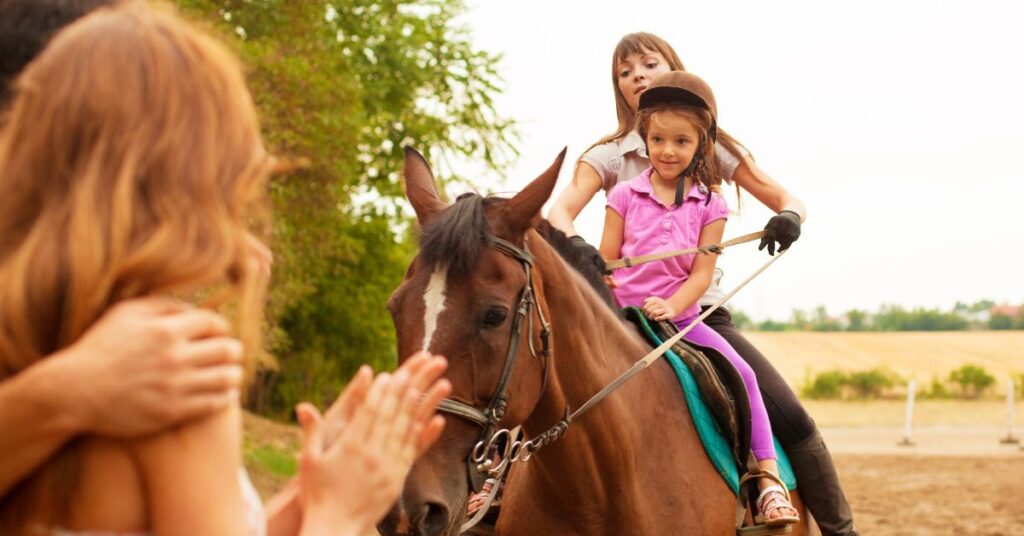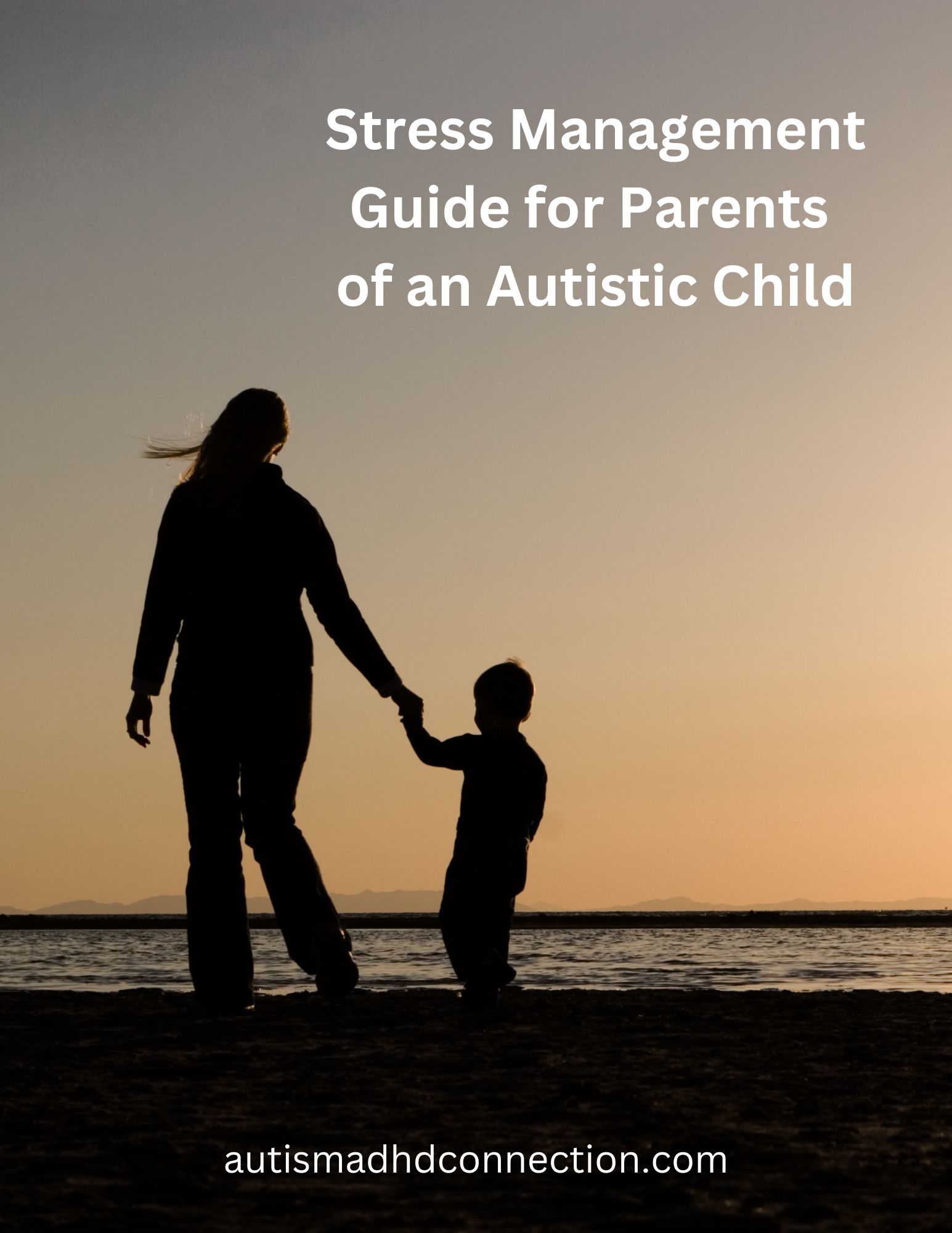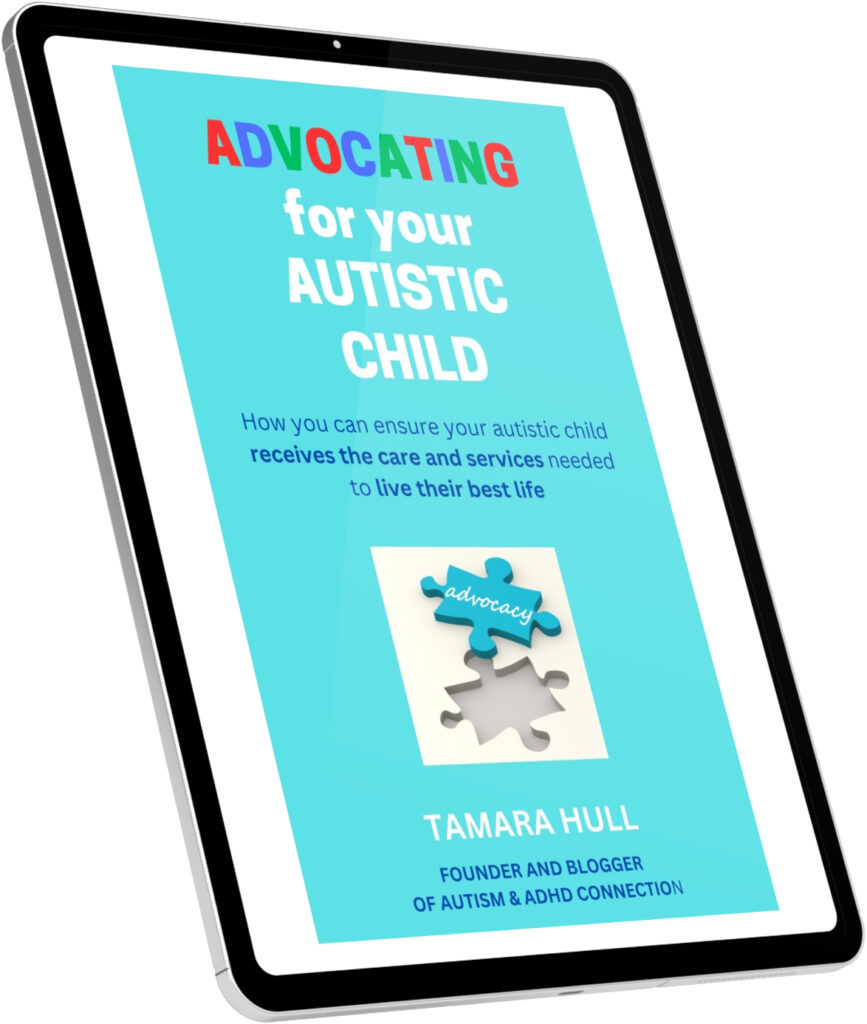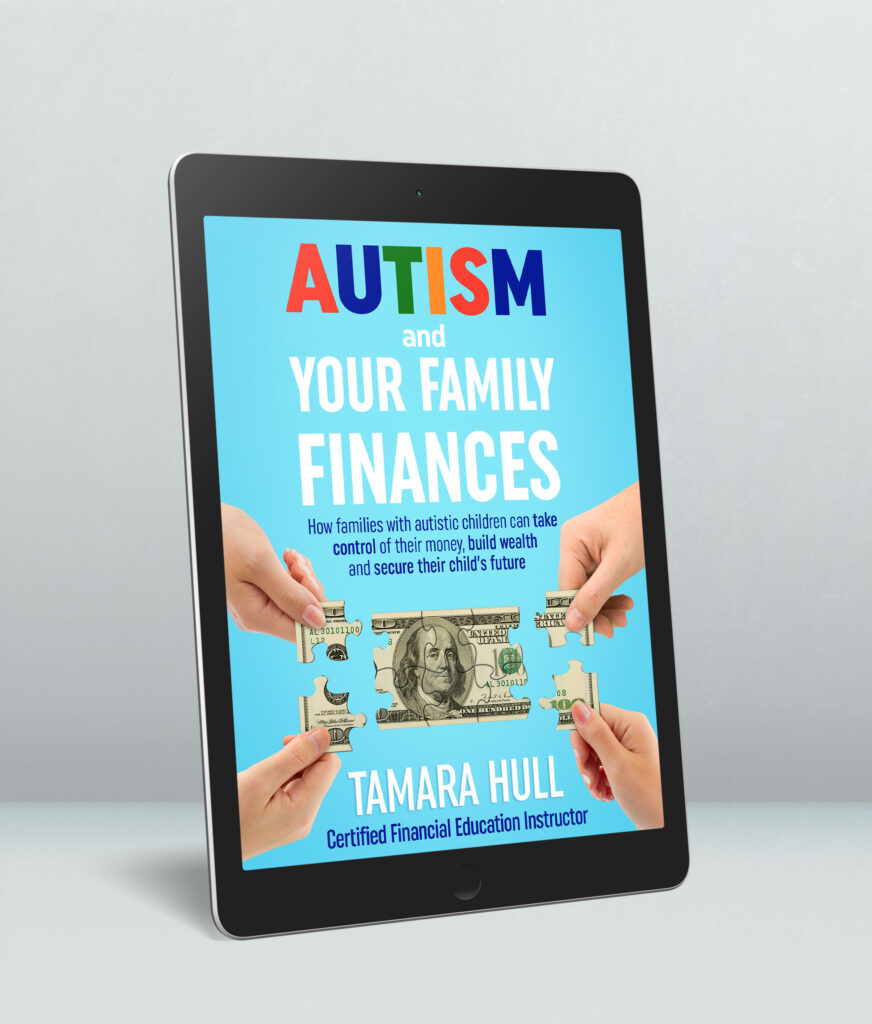Studies have shown time and again how interaction with animals can benefit autistic children. We can definitely include horses in that mix. In fact, there is horseback riding therapy called equine therapy (also referred to technically as hippotherapy) that has proven to help children with autism.
What is equine therapy?
The technical name for equine therapy is hippotherapy. No, it doesn’t have to do anything with hippopotamuses 😊 The word “horse” is derived from the Greek “hippo” word root. According to the Merriam-Webster Medical Dictionary, hippotherapy is “therapy to treat neurological, physical, cognitive, or communication deficits in which a patient (as one affected by cerebral palsy, stroke, autism, or multiple sclerosis) sits or lies on the back of a horse for the therapeutic effect of the horse’s movement.”
With so many other treatments that my son J was receiving, I admit I didn’t look into equine therapy very deeply when he was younger. I wish I had as I think he would have enjoyed it, and it could have helped with his anxiety when he was younger. Whenever he has been exposed to horses, he always enjoyed interacting with them. Our friends had a horse, and he met it at their home. Although he didn’t spend much time focused on it, he enjoyed “meeting” the horse but then was more distracted about what was in the barn – including the rooster!
Benefits of equine therapy for those with autism

Several studies have been conducted on the benefits of equine therapy, especially for children who have autism. The interactions with the horse and the work conducted by the therapist has shown to have lasting positive effects.
Equine therapy can help those with autism improve their:
- Interpretation of social cues
- Emotional control
- Social wellness
- Irritability levels
- Hyperactivity levels
- Word fluency
- Behavior
- Self-advocacy
- Fine and gross motor skills
Riding on horseback while being directed by an equine therapist has shown to be most effective, however, the interactions with horse and activities in the barn also help the child participating in therapy.
How do you pay for equine therapy?
Unfortunately, most medical insurance plans do not cover for equine therapy, however, it is always worth contacting them to double check. Therefore, many end up paying out-of-pocket for equine therapy.
There are some organizations that provide grants for equine therapy for individuals, so they are definitely worth applying to if you believe this type of therapy would benefit your child. Check out these grant programs:
- The Healing Hoof Foundation – Their goal is to “to provide equine therapy for as many people as possible, regardless of someone’s financial situation. To help us achieve this goal we provide grants on a limited basis for those in need.” Their website includes the application to download and submit for the grant.
- Autistic Children of America provides funds for equine therapy to families who cannot afford to pay for equine therapy.
You can also do a search to see if any organizations or equine therapy centers provide grants in your local community.
How to find equine therapy

The best way to find an equine therapy center near you for your child with autism is to do a search on the Internet. I couldn’t find a website with a comprehensive list of centers nationwide. Yet, when I typed in “find equine therapy center near me” in search on Google, several places appeared.
Two organizations certify equine therapy centers — Equine Assisted Growth and Learning Association and the Professional Association of Therapeutic Horsemanship International (PATH). You may want to check to see if the center is certified.
Additional Resources
Want to find out more about equine therapy? Check out these resources.
The Equine Assisted Therapy Book: Relationship Between Horse and Human in Therapeutic Process (affiliate link)
Beyond Words: The Healing Power of Horses (affiliate link)
Has your child with autism tried equine therapy? If so, what was your experience? Leave a comment so that we can share and encourage one another on this journey.







